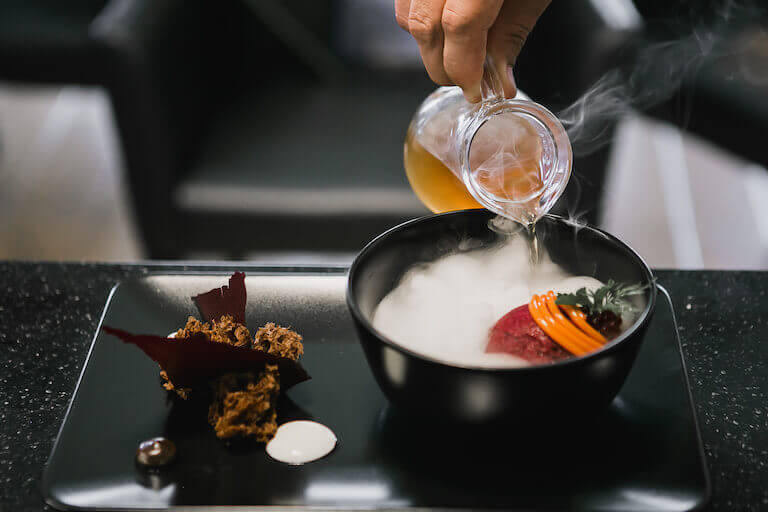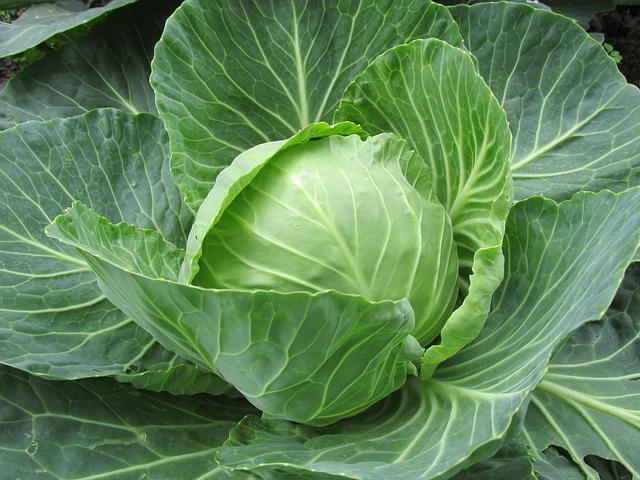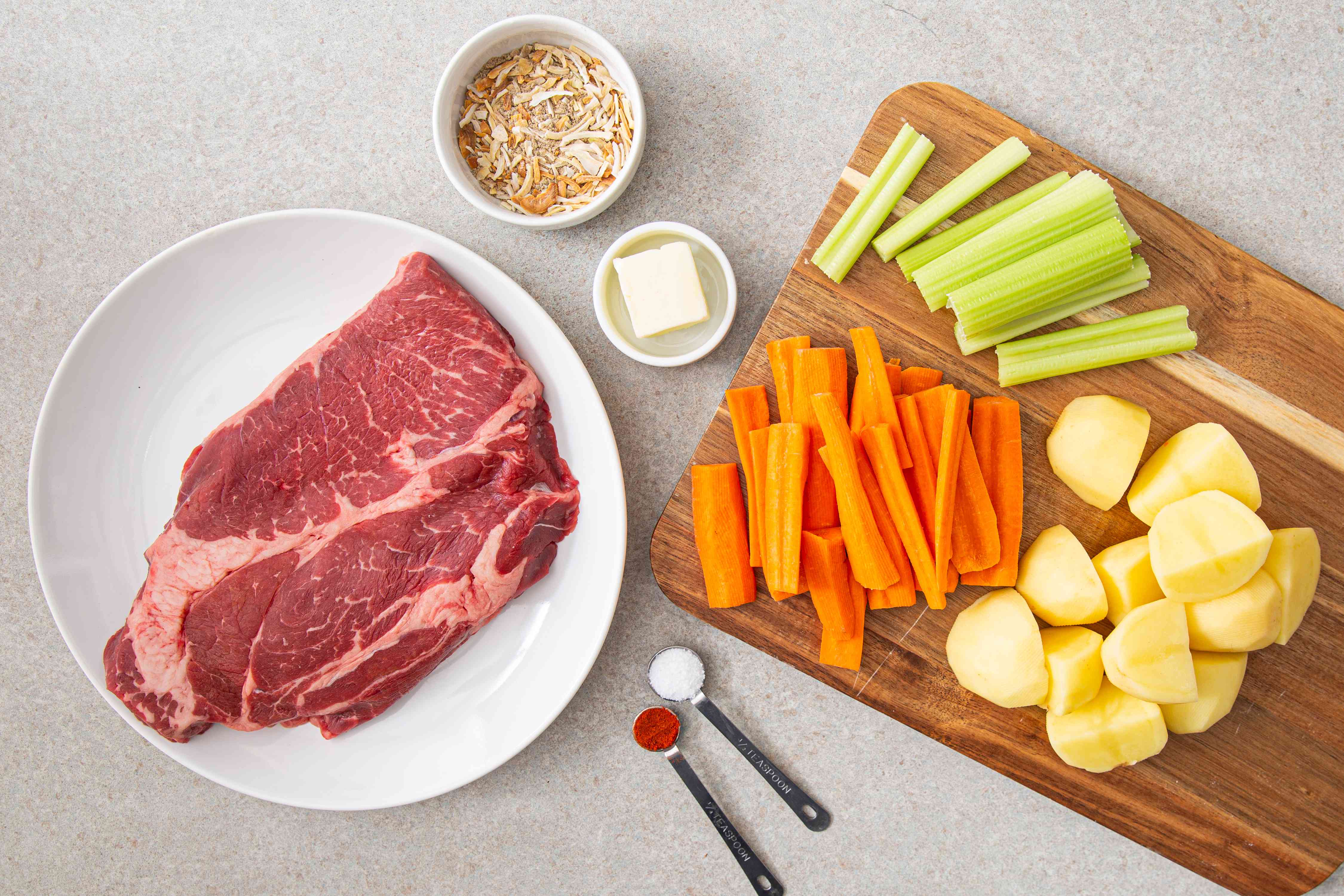
A simple but effective cooking skills checklist should be available for your children. These skills range from developing creative recipes to ensuring that the kitchen is safe. Here are some tips to help you teach your children these essential skills. Here's one example of a checklist:
Here are some essential culinary skills
A strong culinary education is not enough. Aspiring chefs must also be able to cook properly. These skills include determining the freshness of ingredients, preparing meats, fruits, vegetables, and converting standard recipes into larger batches. Chefs must have good time management skills and a keen sense to smell and taste. In addition, he or she should be able to properly handle knives and food equipment.
Sauteing is a versatile cooking technique that can be used for a variety of ingredients. Particularly delicious are lightly sauteed vegetables or shrimp in garlic butter. Braising is the oldest method of cooking. It involves boiling on an open flame. This skill is very basic, but it is still very useful. It is a basic skill that can be taught to cook. You should also know how to use a knife, and safety tips.
Develop creative recipes
Creative recipes are key to success in cooking. They not only showcase your creativity but also your skills. Divergent thinking, or creative thinking, allows you think outside of the box to generate new ideas. This skill is essential for a career in cooking, as it allows you to try new flavors and cooking techniques and impress customers. You can experiment with new flavors and impress your employer by using your creative mind. Experiment with new flavors and ideas for menus. You can improve your creativity by brainstorming and researching different cooking methods.

One problem with defining cooking skills, is that they are inconsistent. The authors are not able to agree on which skill is more important. However, they do agree that it should be redefined. The authors argue that the definitions of skills should evolve from the "Golden Age", when basic cooking skills were not sufficient. To ensure a healthy and vibrant future of food, we must encourage their development and use.
In a kitchen, create a safe space
You must create a safe environment for staff in commercial kitchens. A kitchen with open fires in the oven, bacteria, and electrical appliances can all be potentially hazardous. Developing a plan for the kitchen's cleanliness and adopting safety equipment are important first steps. It is important to ensure children are not left unattended in the kitchen. Properly training employees and implementing a safety plan can go a long way to preventing accidents.
Kitchen staff need to be trained in fire safety and fire-resistance. Training in fire-safety is offered by local fire departments. Kitchen staff should know where fire blankets and fire extinguishers are, how to operate them, and how to manually initiate the fire-suppression system. As needed, employees should be trained in CPR and emergency first aid. When possible, kitchens should have non-slip flooring and mats.
How to identify food safety hazards
You must identify food safety hazards before you prepare any meal, or cater for special occasions. Food safety starts with identifying potential hazards. It can prevent product recalls and food poisoning outbreaks. Failure to do so can also lead to regulatory action and brand damage. Codex HACCP compliance is crucial for food businesses, and identifying hazards is a fundamental requirement.

There are many potential physical hazards that can inflict injury on humans. They can be natural or artificial and can come from people, plants, or even packaging. Different physical hazards can cause injury or disease differently. These hazards may not be inherently dangerous. But they must be detected and eliminated before they can cause any harm. To identify potential hazards and to determine how to reduce them, it is important that you identify the source of the problem. By observing the product, you can identify the source of risk.
FAQ
What equipment do I need to cook?
No, you don't need any special equipment to learn to cook. However, having the right tools can make cooking easier. For example, a knife could be used for pasta making or a whisk would be better than a hand mixer for whipping egg whites to stiff peaks. The right tools make cooking easier and faster.
How to become a chef
There are many avenues to become a professional chef. You can begin by taking a course at a community college or vocational school. You can then look into going to culinary school. Finally, consider a paid internship.
How do I learn to cook like a professional?
Cooking is one way to be a better cook. It is a great way for self-confidence to learn how to cook healthy food. If you want to be able to cook well, then start cooking at home. Find out what recipes you love first. Next, study books about different foods like Chinese, Mexican and Italian. Finally, practice making different dishes until you feel comfortable doing them.
How much does it cost to go to culinary school?
Prices for Culinary School vary depending upon where you go, what program you select, and how long you stay there. The average tuition ranges from $10,000-$30,000 per year. Most students graduate with about $20,000 in debt. There are some programs that offer grants and scholarships as well as work-study options.
Are there any requirements to become a chef?
No. No. Many chefs began their careers learning by themselves. Some went to culinary school simply to gain experience. However, most chefs prefer to attend culinary school because it gives them more opportunities to learn and grow professionally. Culinary schools offer students hands-on training, which helps them build valuable skills and improve their cooking knowledge.
What does it take to become a chef in the United States? What's the average career path for a chef?
A chef's career takes about five years. During this time, you will study basic cooking techniques and gain experience working as a kitchen assistant. Once you have completed your training, you may apply for executive, sous, and line chef positions. The average annual salary for a professional chef is between $25,000 and $60,000
Statistics
- According to the BLS, chefs earn $58,740 a year. (learnhowtobecome.org)
- On average, chefs earn $58,740 a year, according to the BLS. - learnhowtobecome.org
- The median pay for a chef or head cook is $53,380 per year or $25.66/hour, according to the U.S. Bureau of Labor Statistics (BLS). (learnhowtobecome.org)
External Links
How To
How to make the perfect omelet
Omelets are a favorite breakfast food of mine. But how do you create them perfectly? Many different recipes and methods have failed to work for me. So I wanted to share some tips and tricks so that you can make delicious, fluffy omelets every morn.
When making omelets, it is important to be aware that eggs can be temperamental. You must get them fresh, organically, and keep them cold until you cook. The yolks and whites will not form properly if they aren't kept cold enough. This can make your omelets look bizarrely colored. If you plan to cook the eggs right away, it is best to use room temperature eggs.
You might also try separating the egg before adding to the pan. It is important not to allow any white to mix with the yolk as this could lead to the omelet becoming curdled.
The egg can burn if it is placed directly on the stovetop. Instead, heat the egg for 10 seconds in the microwave before placing it in the pan. The microwave heat will cook the egg just right without making it too hot.
Next, let's talk about mixing the eggs. You want to mix the eggs thoroughly before you add them. To do this, grab the bowl of the mixer and turn it upside down. Then, vigorously shake the bowl. This allows the air to be whipped and the egg to be mixed thoroughly.
The fun part is now - adding the milk to the mixture. Pour half the milk into the beaten egg mixture and then fold in the eggs. Do not worry if you see streaks of egg; they will disappear when the omelet is flipped.
After you have folded the eggs, heat the oil in a pan over medium heat. Once the oil has started to sizzle, turn the heat down to low. Once the oil has gotten hot, add 1/4 cup of butter and swirl it around so that the entire pan is coated. Now carefully crack open the lid of the pan and sprinkle salt into the pan. A pinch of salt will prevent your omelet from sticking in the pan.
Once the omelet has formed completely, cover the pan and let it set for a few minutes. Flip the omelet upside down or with a spatula. Cook the other side for another minute or two. Serve the omelet immediately by removing it from the pan.
This recipe works best with whole milk, but skimmed milk also works.